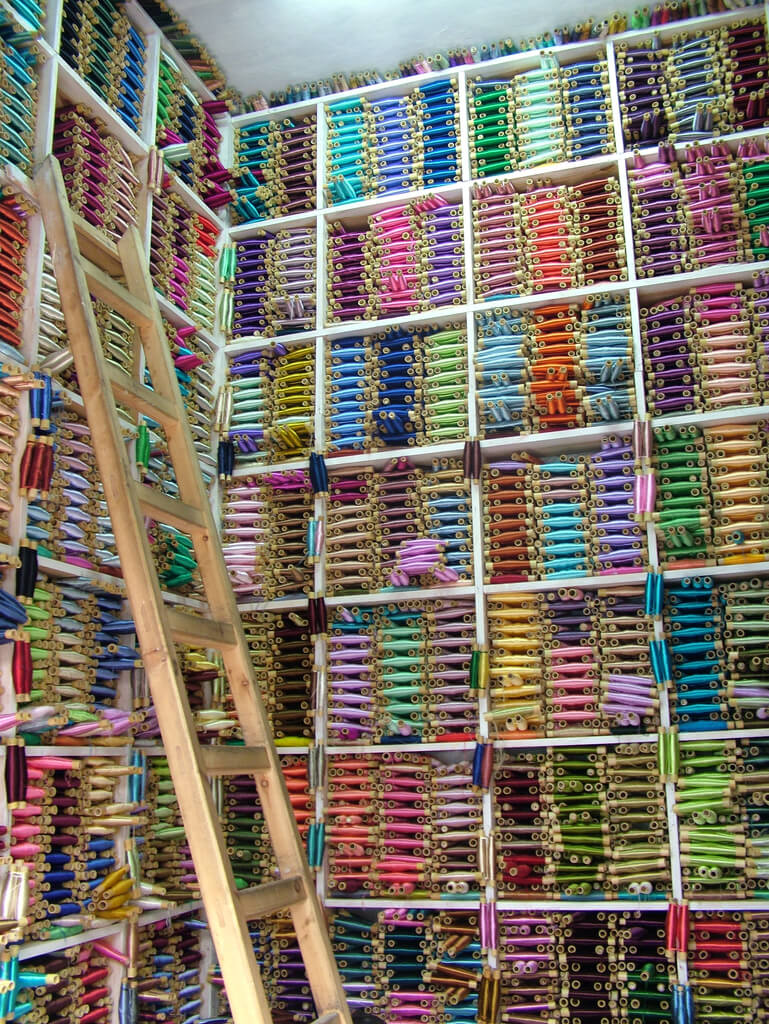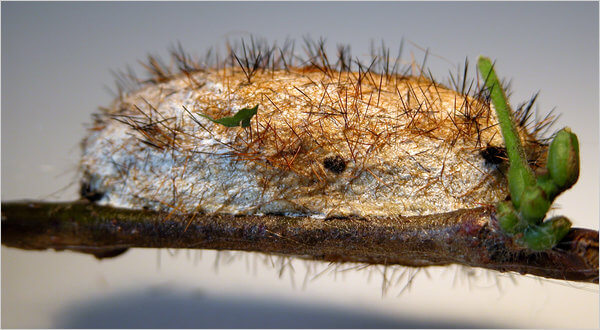It’s high time we talk about silk.
Silk is a textile made through a close relationship with the natural world. Dating back to the mysteriously sexy silk road, the tradition of silk has been traced back to more than 6000 years. Once using wildsilk, today it is (mostly) conventional silk. But how is it made? And what’s this business about peace silk?

Silk is produced using the chrysalis fibers of the silkworms.
In commercial silk production the chrysalis is steamed then boiled before the moth (that’s what it turns into) has emerged–ultimately killing the silkworm. But fantastically, through this process, one long continuous thread of silk is extracted from the chrysalis.
The silkworms in commercial production must be fed a very specific diet of mulberry leaves, and raised under careful conditions. The leaves are hand selected from the mulberry tree because (no duh, we are what we eat) the quality of the leaves is directly connected with the quality of the silk. Silkworms are sensitive to chemicals sprays like pesticides, so although some are used it’s very controlled quantities.
Conventional silkworms have been cultivated for years and they couldn’t survive in natural ecosystems. If they were led to develop, like some are for breeding purposes, the moths emerge blind and cannot fly.

The cocoon of the wild silk moth Gonometa. Photo Credit NYT
An alternative to conventional silk extraction is cruelty-free silks like peace silk, wild silk or vegetarian silk. Here the moths are always allowed to break free from the chrysalis. Once considered of lesser quality because as the moth emerges they break the fibers, resulting in “slubby thread,” not a continuous fiber, today this is changing. New technologies, allow for longer stands or better quality silk to be unfurled from wild silk. The cocoon is demineralized, rather than softened in hot water, and allows for reeling longer strands.
Using different types of silk, other than the common commodity silks, can lead to interesting textiles not commonly seen in fashion. For example, wild silk production from a silkworm found only in the rainforests of Madagascar, creates a fire resistant textile with an unusual look and feel. And because wildsilk allows the silkworm to emerge–it’s cruelty-free.
Amour Vert, a sophisticated eco-clothing company based out of Palo Alto, California, uses peace silk in many of their garments. If you’ve ever felt their products, the difference is unclear but equally amazing.
